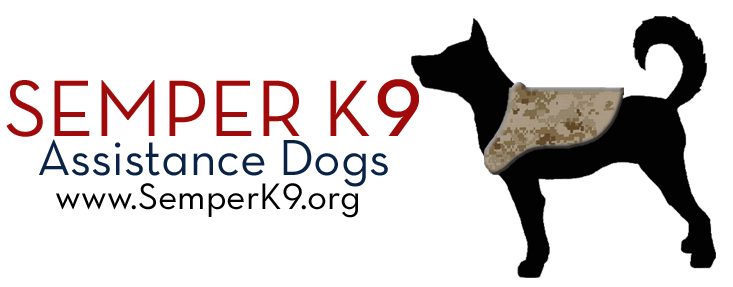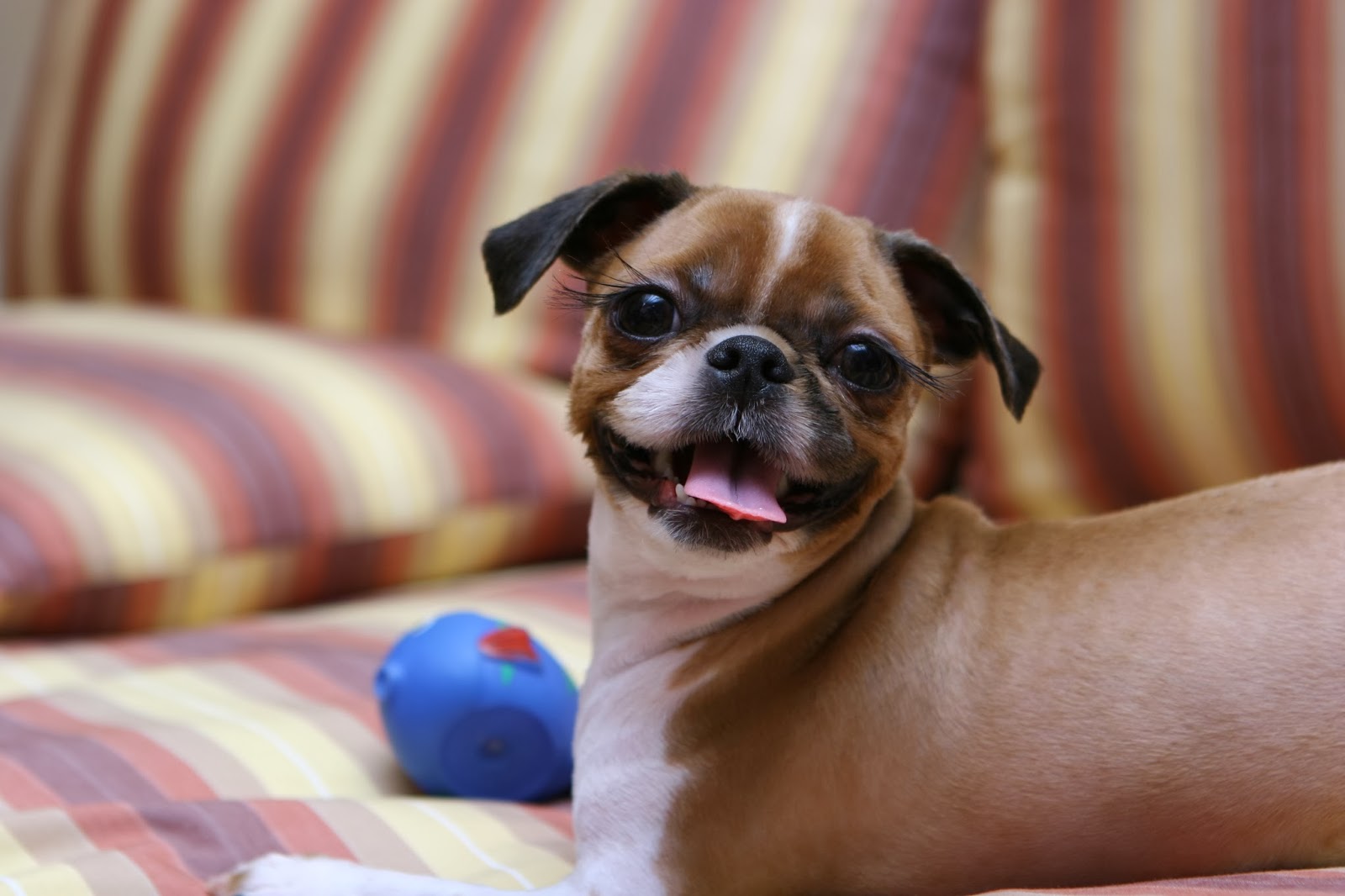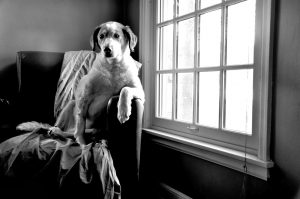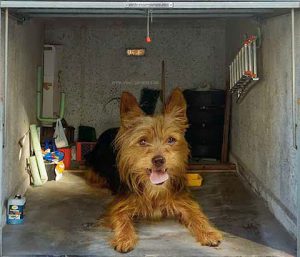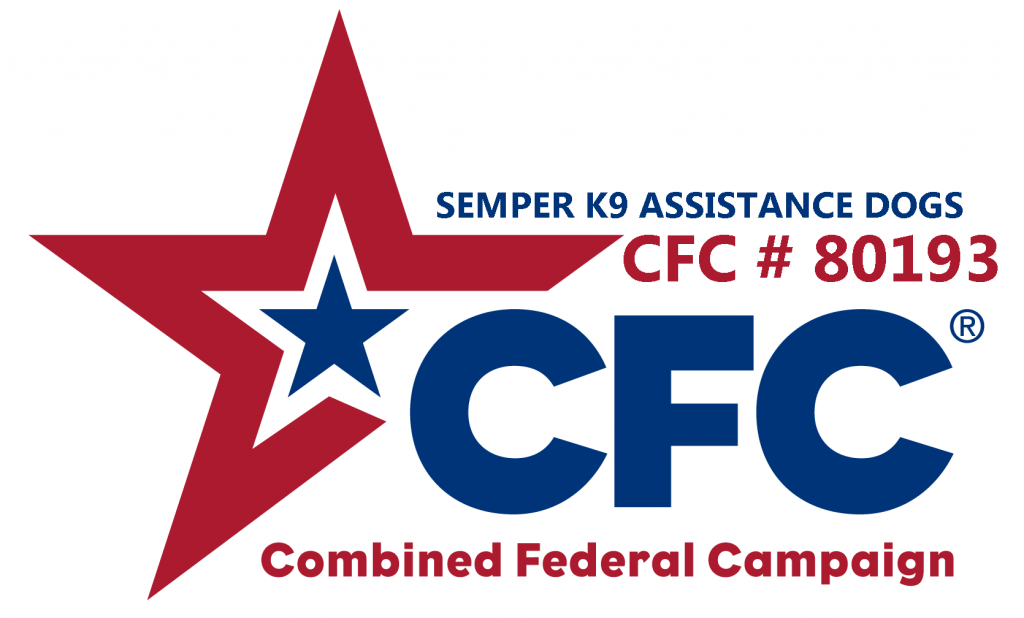Tips for Dog Proofing Your Home
Puppies are inquisitive little critters. They love to explore. Unfortunately, puppies use their mouths like hands, and anything that a dog puts in his mouth is fair game to chew and swallow. Even adult dogs may find some temptations too irresistible. After all, dogs are often happiest with something in their mouths.
Puppies have an undiscriminating palate. They’ll chew on furniture legs, electrical cords, or carpeting. Outside, many puppies pick up an affinity for landscape rock. I’ve known one dog to chew on bricks and car tires.
The best way to keep a dog from being destructive is not to give him the opportunity. Limit his exposure to mischief and he will be the perfect dog. Leave him “home alone” and you’ve just told the dog “Here are your toys—have a ball.”
The time to dog-proof your home is now, before you bring home your new dog. The following sections give tips on securing some of the places in your home where puppies are most likely to run into trouble.
In the House
Decide where you’ll allow your dog and where is off-limits. Use baby gates or other barriers to block areas that are off-limits. I recommend that you choose one or two rooms as “dog areas” and expand as your dog becomes more reliable.
If you haven’t done your spring cleaning, do so now—even if it’s winter. You should keep out of your dog’s reach anything that is small, that can be chewed and swallowed, that is poisonous, anything that can fall on him, that is sharp, or that can break. Hide electrical cords, put away tempting items like candy and chocolate, and keep breakables out of reach. Some trainers recommend getting on all fours and looking at your home from a dog’s-eye view. Some things that don’t appear tempting from a human level may be tempting to a dog.
In many respects, dog-proofing is a lot like child-proofing your home … only a dog is far more destructive than a child is.
Here’s a partial list of items to look for when dog-proofing your house:
- Foods that are poisonous to dogs, including chocolate, onions, grapes, macadamia nuts, raisins, and alcohol
- Kitchen knives
- Pesticides such as mouse and rat poisons, roach and ant baits, and insecticides
- Plates and glasses
- Shampoo, conditioner, mouthwash, and toothpaste
- Electrical cords
- Plants
- Cleaners, including dish soap and laundry soap
- Garbage cans
- Household cleaners
- Candles, scented oils, and scented air fresheners
- Medications
- Vitamins
- Dental floss
- Children’s toys
- Pennies and other coins
- Socks and other clothing items
- Sewing needles, craft kits, etc
- Glass knickknacks
- Pens, paper, and other small items that may be chewed or swallowed
- Paper shredder
- Wood stove, kitchen stove, and furnaces
- Batteries
In the Garage
The garage is a particularly hazardous place for your dog. You should not allow your dog in the garage because of all the potential poisons and dangerous substances there. Radiators leak, causing the potential for antifreeze poisoning. Another poison in the garage is windshield-washing fluid, which is just as dangerous as antifreeze.
While motor oil and transmission fluids aren’t deadly if consumed alone, they can be if they are mixed with antifreeze. They certainly aren’t healthy for your dog, and will cause severe gastric upsets. Other poisonous items a dog might encounter in the garage include rat and mouse poisons, insecticides, herbicides, and fertilizers.
Hardware poses a hazard as well. Nails, screws, washers, and nuts can be swallowed. Sharp items such as saws can cut your dog. Trash cans are always a temptation.
Published in Prince William Living
